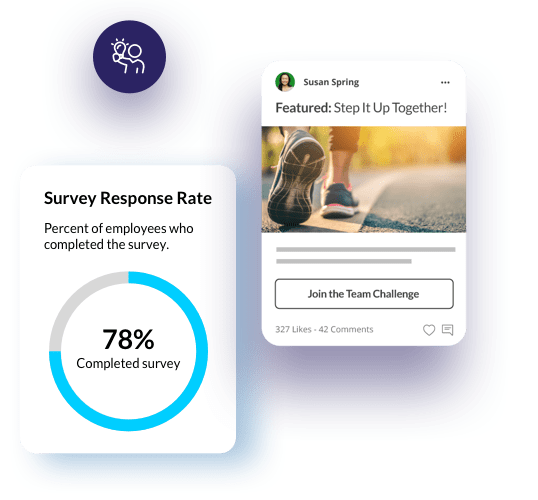Blog Post
5 Ways to Practice Mindfulness in the Workplace

Explore more in Mental Health

Blog Post | Employee Well-Being
Why businesses need to take a holistic approach to wellness
In this guide, we provide an overview of holistic wellness programs, explain why they're so helpful for employers and offer tips for creating a holistic wellness program of your own.

Blog Post | Workplace Burnout
Employee burnout statistics for 2023
Discover these employee burnout statistics for 2023 and learn more about the quiet trend putting so many businesses and workers at risk.

Blog Post | Workplace Burnout
Preventing healthcare worker burnout: A critical task for healthcare executives
Learn about healthcare worker burnout and how it's up to healthcare executives to prevent burnout in the workplace.

Blog Post | Mental Health
How to support mental health in the workplace
Learn about the business impact of emotional wellness in the workplace, and get 6 strategies to improve mental health at work.
Explore more blog posts from this author

Blog Post | Limeade Engage
Limeade Engage 2022 keynote speaker series: Getting to know Emmanuel Acho
Limeade Engage 2022 speaker Emmanuel Acho will join Limeade CMO, Dr. Patti Fletcher, for a fireside chat on inclusive conversations.

Blog Post | Limeade Engage
Limeade Engage 2022: Re-engage your workforce and rebuild employee experience
Join us at Limeade Engage 2022 — the leading well-being and employee experience industry event. Register for free today!

Blog Post | Inside Limeade
Limeade best of 2021 playlist on Spotify
End the year on a high note with our favorite feel-good hits that have inspired well-being, engagement and inclusion all year long.

Blog Post | Inside Limeade
Limeade Womxn playlist on Spotify
The Limeade Womxn Playlist on Spotify is a collection of songs meant to inspire, uplift and encourage whole-person authenticity for all.




